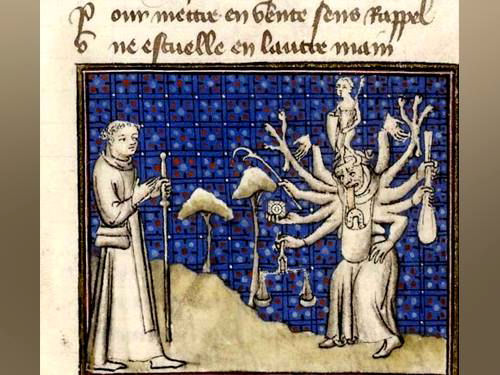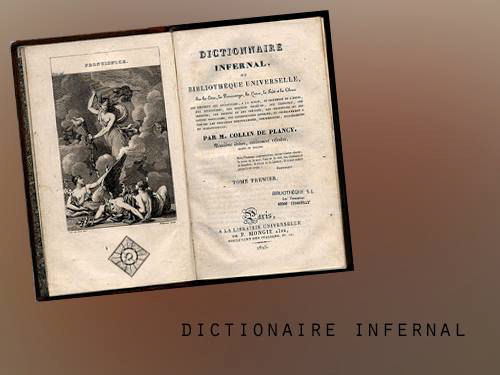THE
SCRIBE CONFIGURATION
Written
research by Paul Kane
.


Photo by Alex Reed Images
| The origins of the Scribe are shrouded in mystery and rumour. Some say that he hailed from prehistoric times, that his first attempts to make sense of the utterings told to him were crude cave paintings. Others say he first cropped up in Egyptian times, a master of glyphs during the First Dynasty, sometime around the reign of Qua’a. Some report him to be operating during classical times, that he was a contemporary of Homer or Horace, depending on who you speak to: but in either case, a poet offering insights of the era. However there is certain speculation that suggests he was operating during the period of the Qin Dynasty in China, circa 215 BCE. |






























